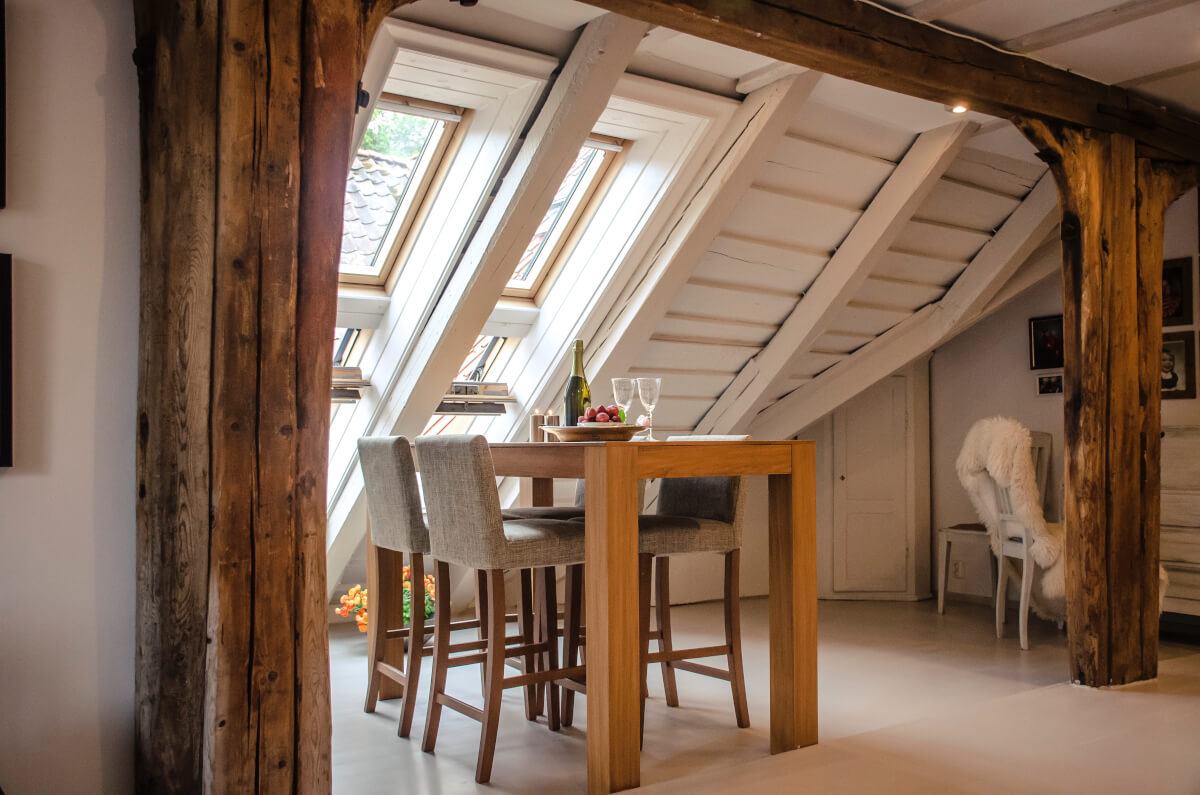
Loft conversion is a terrific means of adding valuable space to your home. After all, we rarely use our loft space for anything other than storage, if that, so why not make better use of that space by changing it to fit your needs better? Here’s a step-by-step guide to loft conversions.
Make sure your loft can undergo conversion
This may seem like a given, but there are actually a number of factors that may determine if your building can even undergo conversion. The first thing you can do to determine if loft conversion is viable for you, see it other houses on your streets have ever undergone loft conversions. Once you’ve determined that, it’s time to measure the head height of your loft. This is easy to do with a simple tape measure, just run it from the ceiling in the tallest part of the room to the floor. Lofts conversions require a minimal head height of 2.2m. Be careful if you live in a Victorian-era house, as their lofts are typically lower than that. Lastly, consider the type of roof that you have, as its shape can influence the type of conversion that is available to you.
Decide on the type of conversion you want
Loft conversions don’t come in just one flavour. There are four main types: roof light, dormer, mansard, and hip-to-gable. Each one of them is meant to serve a different purpose.
- A roof light conversion is the most commonly implemented loft conversion option. No changes are made to the pitch and shape of the roof – basically the only task that is performed is adding skylights and in general making the loft area habitable.
- A dormer conversion adds more space by protruding from the slope of the roof. If you have a home with a sloping roof, this is the perfect solution for you. It’s also one of the cheaper options – though not as cheap as a roof light conversion, it still adds a lot of vertical and horizontal space.
- With a hip-to-gable conversion, you can extend the sloping hip of the roof outwards, creating a gable wall that provides a substantial increase in space.
- A mansard conversion runs along the length of the house and alters the angle of the roof slope to almost vertical, which significantly increases space. Most property types are fit for mansard conversions.
Choose your builder or architect
As with most craftsmen, the best way to start looking for your builder or architect is to listen to recommendations. Ask your friends and family and look online – you’re bound to find some reliable experts. You might also try asking your neighbours who have had their lofts converted. Once you get to the point of talking to an expert, ask for their portfolio – it’s always a good idea to have a look at the quality of their work before taking the plunge.